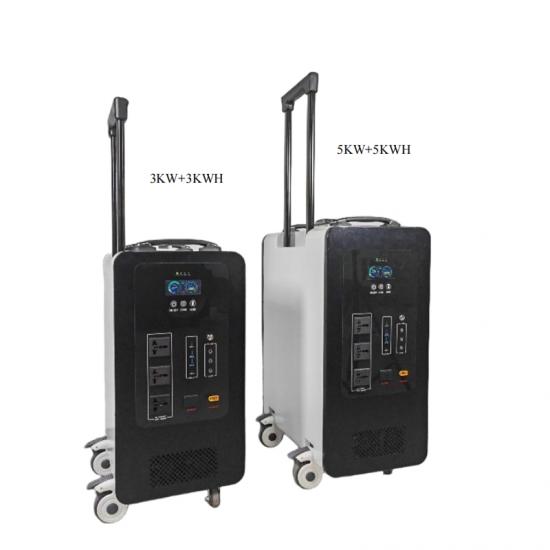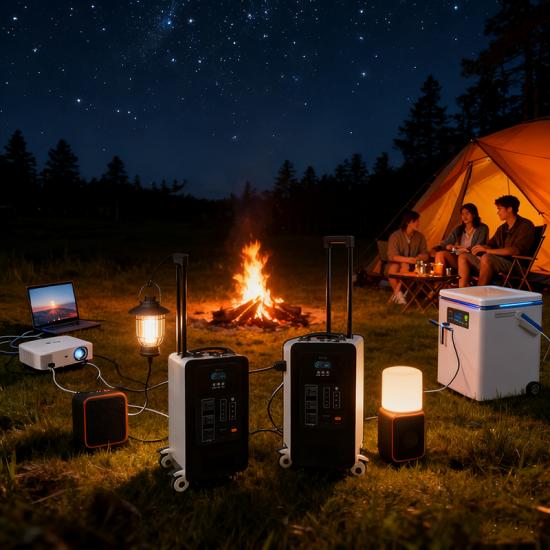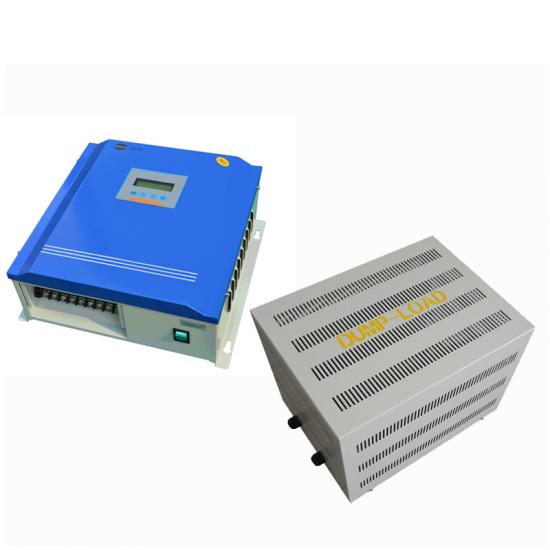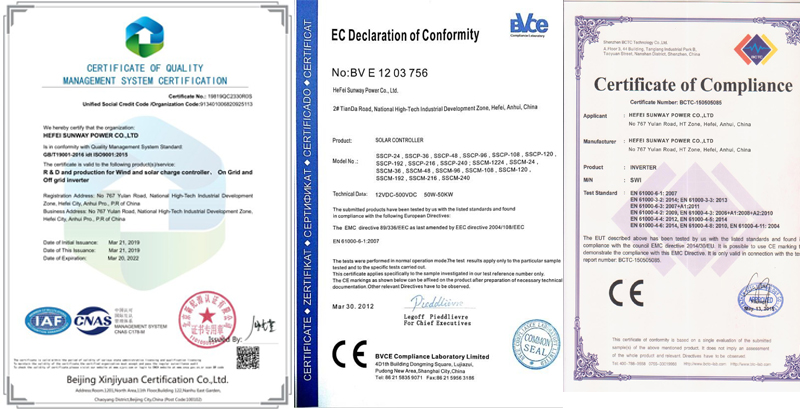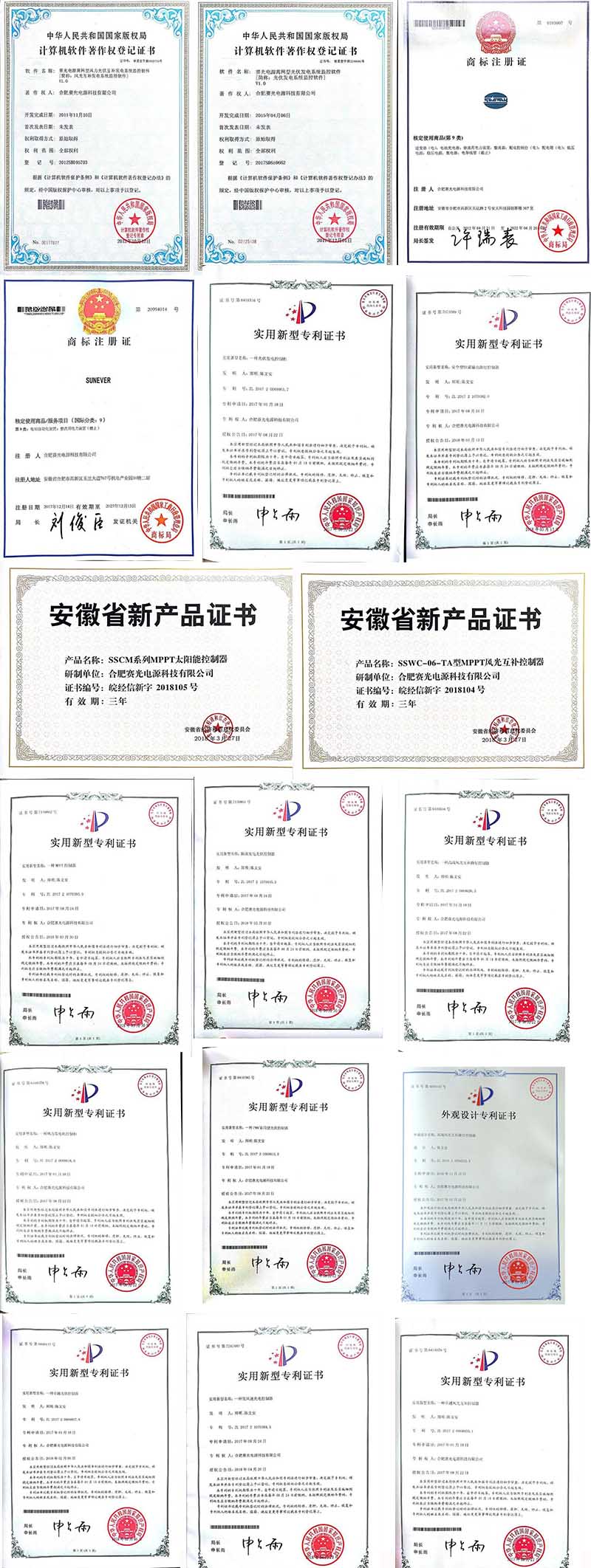Battery energy storage has become the mainstream of today's energy storage industry development
Initially, the grid connection was purely for scientific or ideological reasons, and as regions and companies provided incentives and solar photovoltaic cost reduction curves, people used solar photovoltaics to save electricity bills. In 2004, for the first time, battery-less photovoltaic systems installed more than battery-based systems-by 2010, solar plus energy storage systems were classified as a small part of the booming solar industry. But now, the industry is fully developing.
In October 2015, the Public Utilities Commission in Hawaii became the first agency in the United States to start restricting the installation of direct grid photovoltaics due to the impact of power exports on the local grid at noon. The new system will not allow surplus power to be sent back to the grid indiscriminately. Since the number of companies still installing off-grid and backup systems is small but prosperous, many Hawaiian solar customers have deployed batteries to ensure that their photovoltaic output energy storage is used at night, rather than being pushed back to the grid.
Since then, utility rates in a few more states have become more complicated, in part to prevent the export of solar photovoltaic power to the grid at untimely times. The industry is responding by providing batteries to most new solar customers. Although the increased cost of batteries makes these photovoltaic systems less financially rewarding than direct grid models, batteries provide system owners with additional flexibility and control-which is increasingly important for consumers and businesses. The signs of all industries are obvious: energy storage will become part of most solar photovoltaic systems in the future.
For a long time, off-grid and photovoltaic backup suppliers have been quietly supporting solar plus energy storage applications, and the largest solar photovoltaic installers in the United States such as Sunrun, SunPower and Tesla have begun to provide batteries to their customers in the past few years product. The two companies continue to report a sharp increase in the share of their traditional pure photovoltaic products in battery sales. The emergence of well-packaged and long-life lithium-ion batteries makes energy storage more attractive to consumers.
When the giants in the solar industry start to support batteries, their marketing, information, and political influence will raise the awareness of consumers, businesses, and governments. Their small competitors will also get involved so they will not fall behind.
Battery energy storage has become the mainstream of today's energy storage industry development
Now, one of the most reliable signs that batteries have become mainstream in homes and businesses is to include them in the latest regulations and standards. The construction and electrical codes issued in 2017 and 2018 recognized batteries, but few insisted on adhering to the then new UL 9540 safety test standard.
After industry representatives had fruitful contacts with NFPA, the main setter of national safety regulations, the authoritative battery safety standard National Fire Protection Association (NFPA) 855 was released at the end of 2019. The next round of specifications starting from the 2020 National Electrical Code has been or will be harmonized with NFPA 855 to provide inspectors and building officials with the same level of guidance as HVAC, water heaters and windows.
In addition to ensuring safe installation, these standardized requirements also help building officials and inspectors to continuously implement safety requirements, which makes them more comfortable when handling batteries and related equipment. As inspectors and officials develop procedures to allow and approve battery installation, the risks and time associated with these critical steps are reduced, thereby reducing project time, reducing costs and improving customer experience. Like the previous indicators, this is a positive strengthening cycle that will continue to promote the growth of the rapidly maturing field of solar energy plus energy storage.
As more and more batteries join the grid, many exciting applications become possible. Several virtual power plant (VPP)-type programs have recently been established on both coasts, enabling households and businesses to use their profitable battery systems to provide basic services to maintain grid stability.
Utilities continue to push the limits with increasingly complex rate structures that can more accurately reflect their costs and the environmental impact of real-time power supply. Customers increasingly need energy storage to control their electricity bills. As climate change leads to more extreme weather and related power outages, the value and importance of backup and resilience will only increase. In this process, this cycle will continue to accelerate and strengthen.





